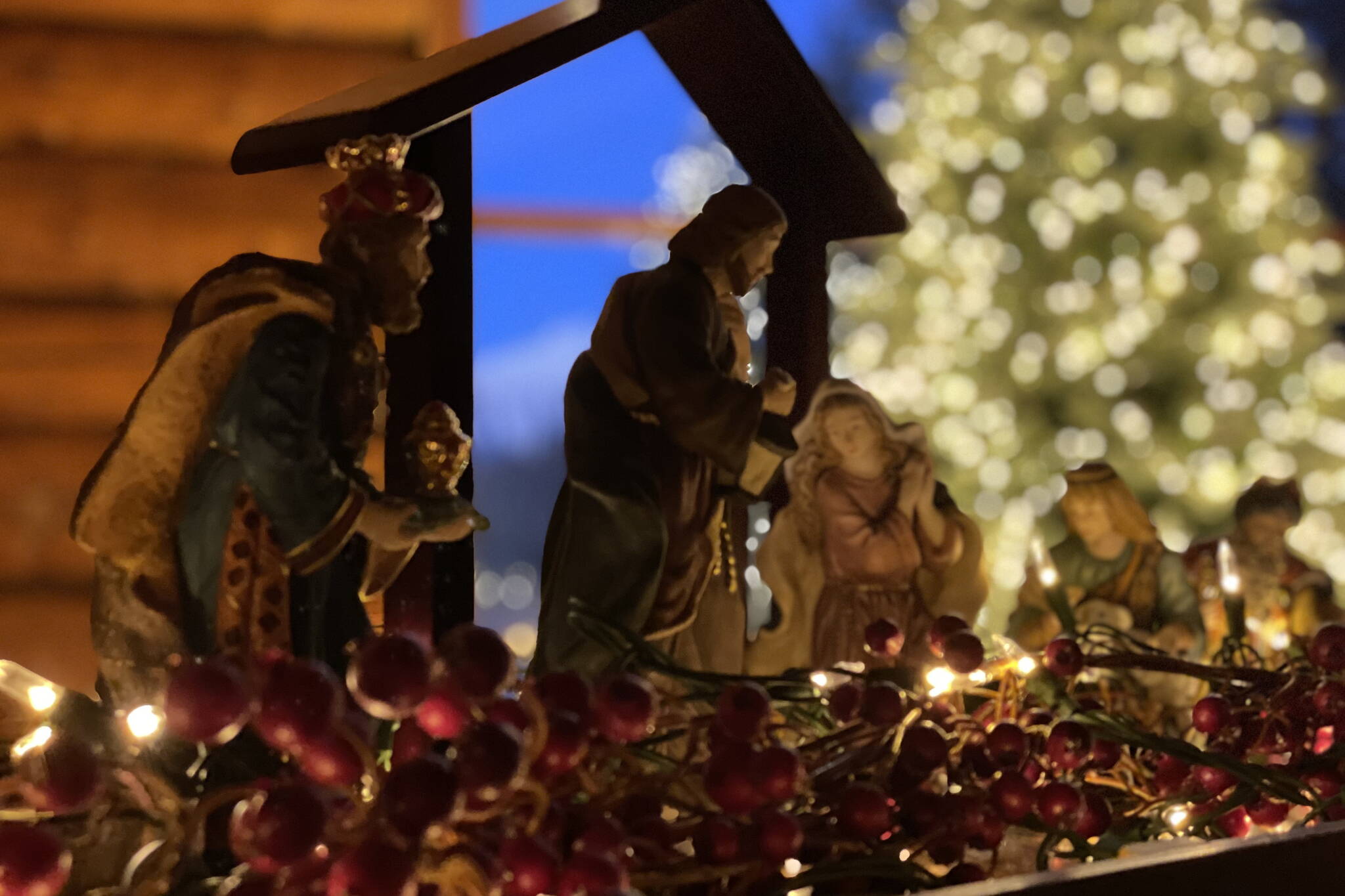Christmas is almost here! Of course, it’s been Christmas at Costco and Home Depot for months. As a teenager I remember thinking it was Christmas time when McDonald’s started serving Eggnog shakes and all the drinks came in holiday cups. Now one sure sign the Christmas season is here is when music stations and retail stores change their playlists to Christmas carols and songs.
Christmas carols and music play an integral part in many people’s experiences at Christmas. My personal favorite is “God Rest Ye Merry Gentlemen.” I love the message and the upbeat melody. Like many of the carols written in English in the 16th-19th centuries, some of the message is lost as words change their meaning. For instance, a better translation of “God Rest Ye Merry Gentlemen” might be “God Make You Mighty, Gentlemen.”
My second favorite carol is “What Child Is This?” I enjoy playing it on the guitar, especially when there is a flute or violin or cello that can accompany me. I think the story behind the carol is interesting and inspiring.
Like many hymns and carols, the music or tune of a song or carol is not always associated with the words or lyrics of a song. This is true for “What Child Is This?” The tune is called “Greensleeves” and was likely written in England in the 16th century. Shakespeare mentioned the tune in his play “The Merry Wives of Windsor” which was published in 1602, indicating that the tune was already well known by then.
The lyrics for “What Child Is This?” were written by William Chatterton Dix. Dix managed a successful marine insurance company in Glasgow, Scotland in the mid 1800s. While he was a young man he was stricken with a near-fatal illness that caused him to be bedridden for months. During his illness, he studied the Bible and reflected on his deep Christian faith. It was during this season that he wrote a poem titled “The Manger Throne.” Historians are unsure if Dix or someone else married the tune with the lyrics, but one thing is for sure, it was a hit.
Like many Christmas carols, “What Child is This?” not only celebrates the birth of Jesus, it reflects upon the Gospel as a whole. Consider these lyrics from verse two:
“Why lies He in such mean estate,
Where ox and ass are feeding?
Good Christians, fear, for sinners here
The silent Word is pleading.
Nails, spear shall pierce Him through,
The cross be borne for me, for you;
Hail, hail the Word made flesh,
The Babe, the Son of Mary”
Christians throughout history have understood that the celebrations of Advent (the season of preparation before Christmas), and Christmas are wedded with Lent and Easter. The manger of Jesus and the cross of Jesus are forever united. Jesus’ humble birth prepared the way for his humble life and ultimately his humble death. The only thing greater than the glory proclaimed to the shepherds in the field is the glory of the resurrection.
Dix believed this too. This is why verse three ends with:
“The King of kings salvation brings;
Let loving hearts enthrone Him!”
May you know the merriest of Christmases and the happiest of a new year!
• The Rev. Tim Harrison is senior pastor at Chapel by the Lake. “Living & Growing” is a weekly column written by different authors and submitted by local clergy and spiritual leaders. It appears every Saturday on the Juneau Empire’s Faith page.

